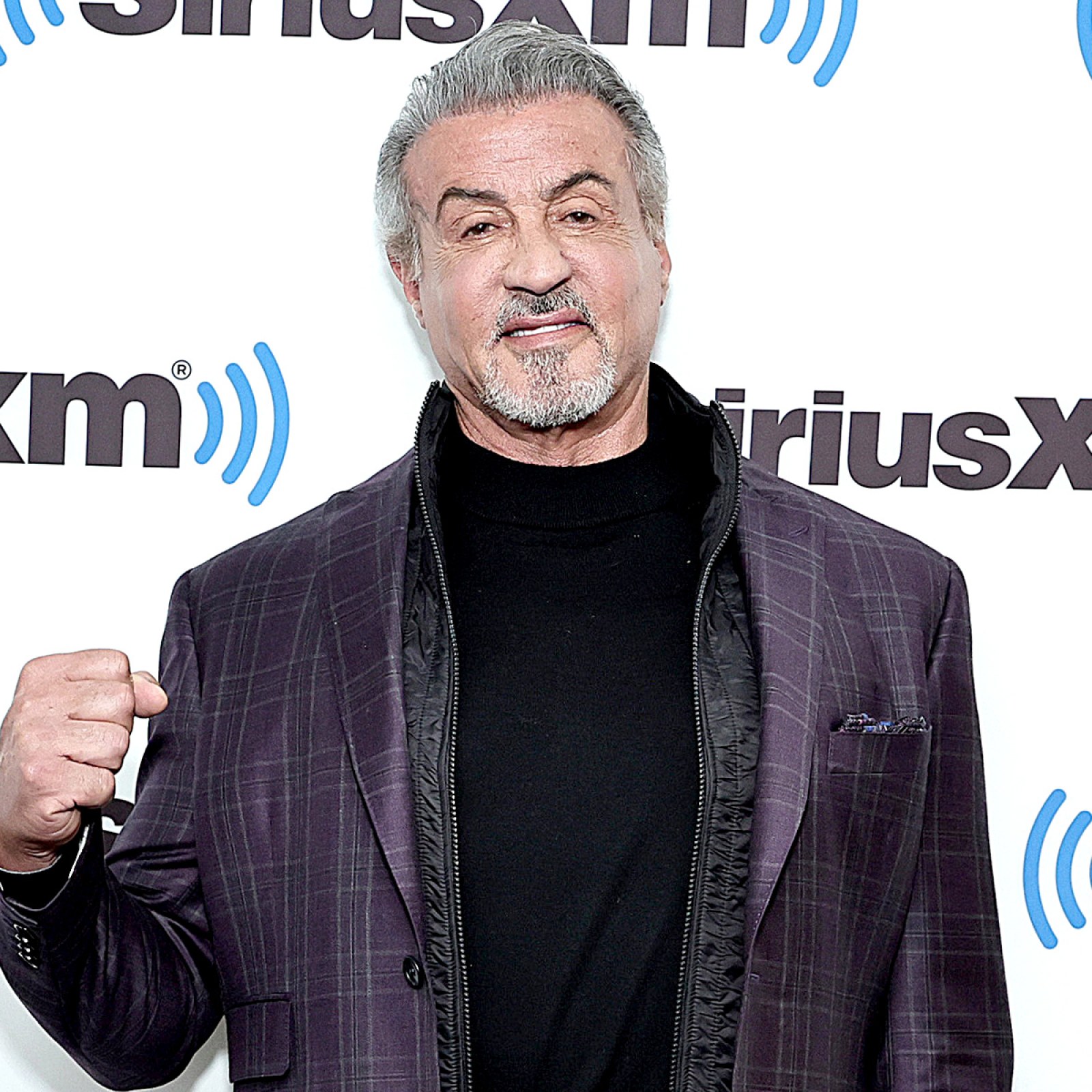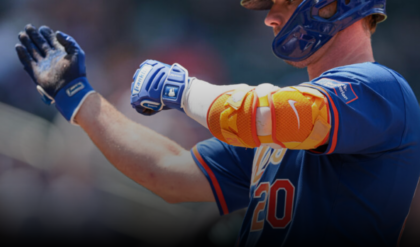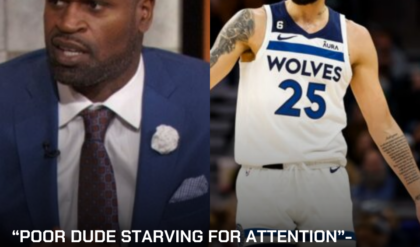Fight scenes in Sylvester Stallone’s new movie were so realistic that he broke his neck during filming, the actor says in a magazine interview.
Stallone stars in The Expendables, which boasts some of the acting world’s best-known tough guys, including Arnold Schwarzenegger, Bruce Willis, Dolph Lundgren, Mickey Rourke and British actor Jason Statham.

The 63-year-old said a fight scene with the wrestling star Stone Cold Steve Austin became so “vicious” that he needed an operation for a hairline fracture and had a metal plate inserted in his neck.
Stallone, a writer and director on the film, told this month’s FHM Magazine: “Man, it was seven guys, kicking each other’s ass, one guy tougher than the next … no joke, our stunt guys were begging for mercy,” he said.

“Actually, my fight with Stone Cold Steve Austin was so vicious that I ended up getting a hairline fracture in my neck. I’m not joking. I haven’t told anyone this, but I had to have a very serious operation afterwards. I now have a metal plate in my neck.”
The film centres around a team of mercenaries who embark on a mission to overthrow a dictator. It also features actress Brittany Murphy, who died last monthafter collapsing at home.
Stallone previously starred with Lundgren in Rocky IV – when he suffered similar injuries. He said: “Dolph Lundgren and I always went for it.
“I gave him orders to try to knock me out while the cameras were rolling. At one point, he hit me so hard on the top of the head I felt my spine compress.”
“He then hit me with an almighty uppercut. That night my chest and heart started to swell, and I had to be helicopter-ambulanced from my hotel to a nearby emergency room.
“I was told that Dolph had punched my rib cage into my chest, compressing my heart.
“If it had swollen any more, I would have died. After that, I was like, ‘Dolph, it’s only a movie, bro…”‘
I hope you appreciated this article. Before you move on, I wanted to ask if you would consider supporting the Guardian’s journalism as we enter one of the most consequential news cycles of our lifetimes in 2024.
With the potential of another Trump presidency looming, there are countless angles to cover around this year’s election – and we’ll be there to shed light on each new development, with explainers, key takeaways and analysis of what it means for America, democracy and the world.
From Elon Musk to the Murdochs, a small number of billionaire owners have a powerful hold on so much of the information that reaches the public about what’s happening in the world.

The Guardian is different. We have no billionaire owner or shareholders to consider. Our journalism is produced to serve the public interest – not profit motives.
And we avoid the trap that befalls much US media: the tendency, born of a desire to please all sides, to engage in false equivalence in the name of neutrality. We always strive to be fair.
But sometimes that means calling out the lies of powerful people and institutions – and making clear how misinformation and demagoguery can damage democracy.
From threats to election integrity, to the spiraling climate crisis, to complex foreign conflicts, our journalists contextualize, investigate and illuminate the critical stories of our time. As a global news organization with a robust US reporting staff, we’re able to provide a fresh, outsider perspective – one so often missing in the American media bubble.
Around the world, readers can access the Guardian’s paywall-free journalism because of our unique reader-supported model. That’s because of people like you. Our readers keep us independent, beholden to no outside influence and accessible to everyone – whether they can afford to pay for news, or not.





